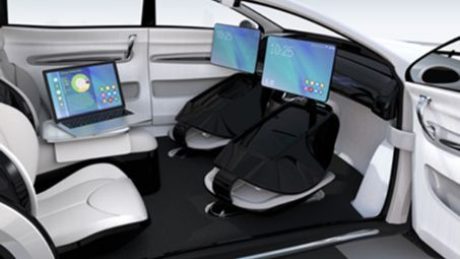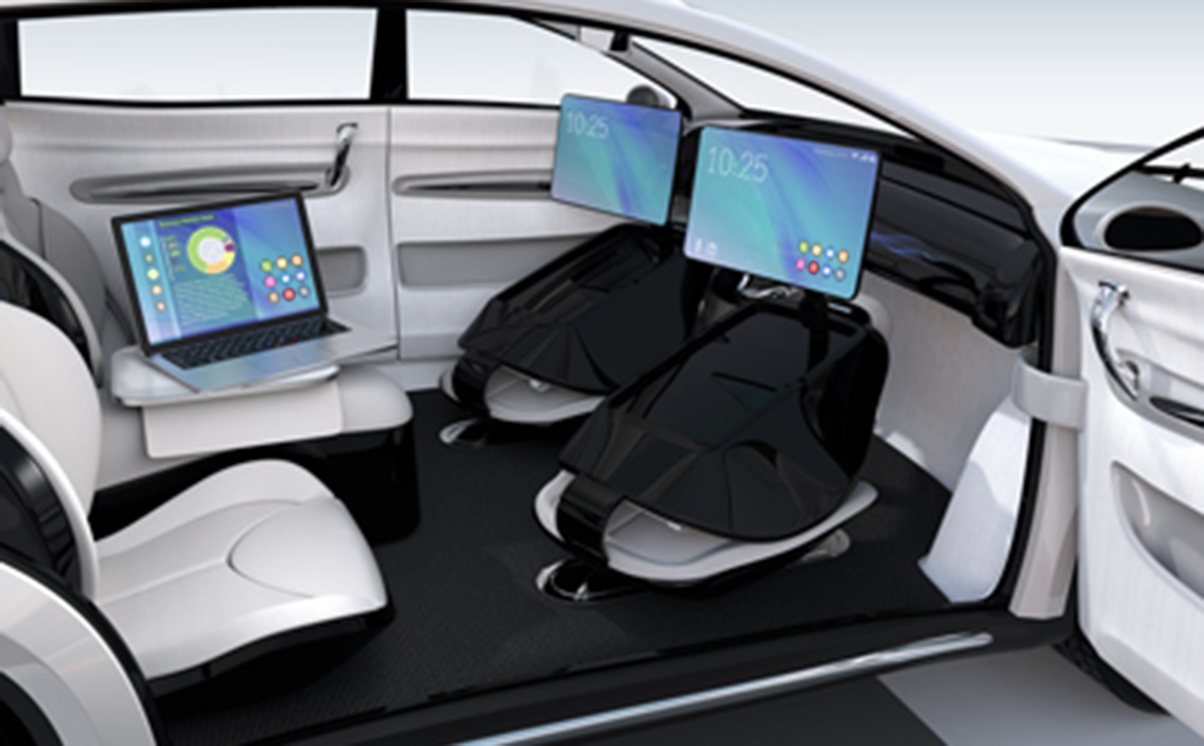The fatal accident involving an automated Uber vehicle in Arizona brings liability and insurance issues to the fore once again.
Shortly before the incident, the Automated and Electric Vehicles (AEV) Bill was debated in the House of Lords. The bill introduces a new insurance model ensuring the driver is covered both when driving and when they have activated the automated driving function (ADF). It defines a vehicle as driving itself when it is in an operating mode ‘which is not being controlled, and does not need to be monitored, by an individual’. Under the bill, where the ADF is active the victim would be able to claim directly from the insurer.
How would the victim prove the vehicle was in the ADF mode? Perhaps this should be a rebuttable presumption in the victim’s favour? The insurer will then be left to recover costs as it sees fit, hopefully saving the victim from facing complexities of product liability laws, ‘state-of-the-art’ defences and the like.
On first look, the AEV bill places liability for damage in respect of injury or death squarely at the insurer’s door when the accident is caused by an automated vehicle (AV) driving itself. The compulsory insurance framework covers both motorists driving and when the driver has handed control to the vehicle. The victim would have a direct right of action against the insurer. So the buck stops there. Or does it?
There are caveats. The insurer is not liable to the person in charge of the vehicle where the accident was caused by the person’s negligence in allowing the vehicle to begin driving itself when it was ‘not appropriate to do so’. But when is it ‘not appropriate’? Using the Uber scenario, was it appropriate for the driver to put the car in self-drive mode on a dark, four-lane carriageway with hardly any cars around?
Further, the bill excludes liability to an insured person in defined circumstances, such as when the accident occurs as a direct result of software alterations made by the insured person that are prohibited under the policy, and due to a failure to install software updates that the insured person knows, or reasonably ought to have known, are safety-critical.
Questions arise such as how much is the owner/driver meant to know about the technology in the vehicle? Will they be alerted to safety-critical updates and the limitation of insurance cover if they do not comply? Who is responsible for imparting this information: the manufacturer, servicing garage or the insurer? Insurers would want to make investigations into the exclusions before agreeing to compensate. This may delay the injured party access to compensation at the earliest stage.
The proposed law in this area in relation to victims will be subject to the usual rules of contributory negligence. I predict interesting liability disputes where there is, for example, a 50/50 accident between a conventional vehicle and an AV. The direct right of action suggests the AV insurer would have to deal with any such claim and seek to recover from the other insurer/driver.
Further liability conundrums arise where only the AV is involved and the driver is injured to such an extent he cannot recall the circumstances. Black box data will be crucial.
It remains to be seen whether the intention for insurers to pay out to victims early, and then seek to recover part or all of their outlay from others, will occur in practice.
The Uber vehicle involved was a Volvo. Volvo stated in 2015 that they would accept full liability for crashes involving their driverless cars. My understanding is that the self-driving software in the vehicle was not theirs but Uber’s, so I doubt they intended to accept full liability in this case. It does raise the interesting concept of the motor manufacturers cutting motor insurers out of the market, especially in light of the fact that Uber have now agreed settlement with the victim’s family.
If this incident had happened in the UK, the question of who to blame would be just as unclear. However, at least the bill would allow the victim’s family to directly pursue the insurer. For innocent victims, the direct right of action is a promising start.
This article first appeared in The Law Society Gazette here – ‘Who’s in control?’
You can find further information regarding our expertise, experience and team on our Personal Injury pages.
If you require assistance from our team, please contact us or alternatively request a call back from one of our lawyers by submitting this form.
Media contact: Lydia Buckingham, Senior Marketing Executive, +44 (0) 20 7822 8134, lbuckingham@stewartslaw.com.



